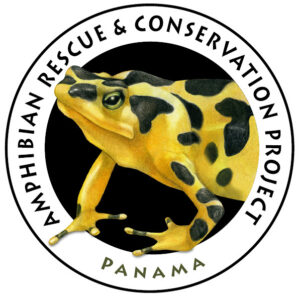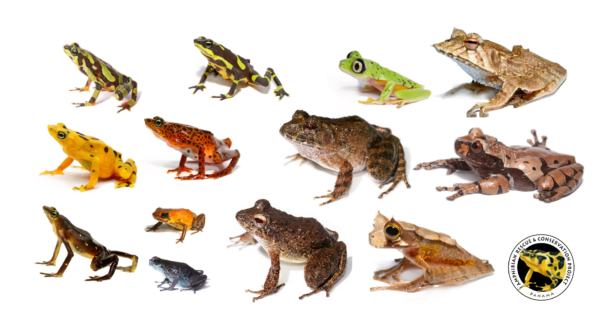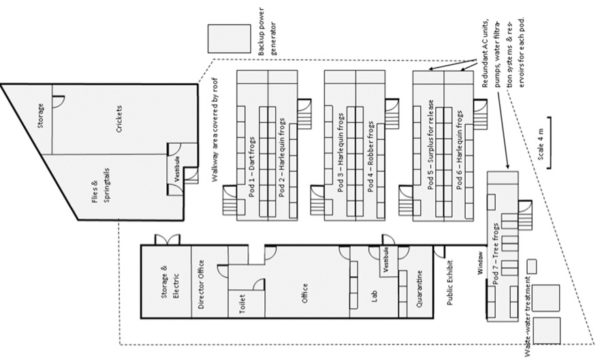Mission
Our mission is to rescue and establish sustainable assurance colonies of amphibian species that are in extreme danger of extinction throughout Panama. We will also focus our efforts and expertise on developing methodologies to reduce the impact of the amphibian chytrid fungus (Bd) and proceed to reintroduction trials.
History
The Panama Amphibian Rescue and Conservation Project was created in 2009 as a partnership between Zoo New England, Cheyenne Mountain Zoo, Houston Zoo, Smithsonian National Zoo, Smithsonian Tropical Research Institute and Defenders of Wildlife to build captive populations of species at risk of extinction from the deadly amphibian chytrid fungus. Together we have built significant capacity for amphibian conservation in Pamama by contributing financial resources, involving zoo staff in field work to collect and care for endangered amphibians, training our Panamanian colleagues in state-of-the art animal care, veterinary care, pedigree management and record-keeping.
The Panama Amphibian Rescue and Conservation Project has a 5,000 sq ft facility in Gamboa at the Smithsonian Tropical Research Institute and a recently completed1,600 sq ft insect rearing facility.
Our new 2023-2028 strategic plan is organized around the following 3 goals:
- Grow and sustain captive collections of priority amphibians
- Restore wild populations of priority species
- Foster an appreciation for Amphibians




